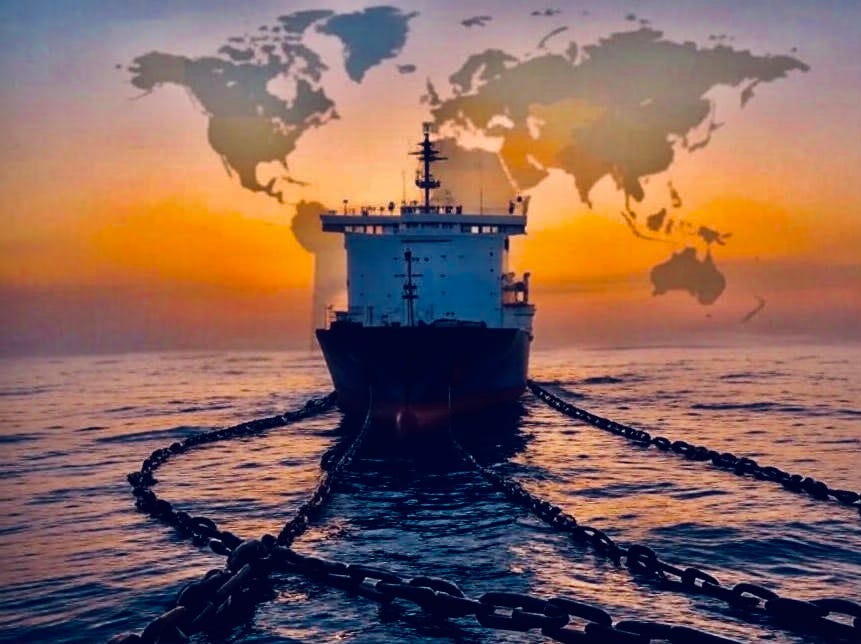As of April 13, 2025, President Donald Trump set in motion a controversial wave of tariffs on imports, sparking debates that went well beyond political rhetoric. With a baseline 10% tariff applied to goods from most countries—and staggering rates as high as 145% for items from China, while offering select exemptions for energy imports from Canada and Mexico—the measures were introduced to plug trade deficits and safeguard American jobs under the auspices of the International Emergency Economic Powers Act of 1977. However, a closer look at economic theory suggests that such interventions interfere with the natural, self-organizing forces that make international trade flourish.
Imagine the global market as a dynamic ecosystem where every country plays a role based on its unique strengths. In the days of David Ricardo, it was argued that nations naturally benefit by specializing in the production of goods they can create most efficiently. England honed its expertise in cloth production while Portugal focused on wine, a vivid illustration of comparative advantage. Complementing this view, the Heckscher-Ohlin model emphasizes that trade arises from the differences in resource endowments—a nation with vast fertile lands, like the U.S. with its agricultural bounty, naturally exports foodstuffs, while a labor-abundant country like China excels in manufacturing textiles. These models paint trade as an organic, almost inevitable consequence of inherent national characteristics, an order that fixed tariffs disrupt by altering cost structures.
Adding a modern twist, Paul Krugman's groundbreaking work in the late 1970s and early 1980s showed that even similar countries find value in trading with one another. Consumers, it turns out, are hardwired to crave variety—a desire that transforms monotonous domestic markets into vibrant international arenas where, say, American drivers and Japanese automobile aficionados can each enjoy a broader palette of choices. This natural penchant for product diversity, as detailed in Krugman’s 1980 insights, propels economies into mutually beneficial exchanges where scale and taste for variety matter as much as resource endowments.
Taking the narrative further, Marc Melitz reshaped our understanding in 2003 by revealing that not all firms are created equal. Under his lens, only the most productive and innovative companies are fit to venture into global markets, capable of surmounting the twin hurdles of fixed and variable trade costs. This selective process—where only the fittest survive—enhances overall industry productivity, ensuring that trade remains a vibrant engine for growth. In this light, tariffs become not just inconvenient, but potentially destructive, as they prevent the natural reallocation of resources to those firms best suited to thrive internationally.
In a world driven by natural market forces, tariffs are akin to an artificial dam placed in a river, halting the spontaneous flow of economic vitality. These measures, though well-intentioned as shields for domestic industries, risk stifling the very factors that spur innovation and efficiency. They run counter to a system where the natural differences among nations—whether in technological prowess, resource abundance, or entrepreneurial spirit—ensure that trade remains a seamless dance of supply and demand, transcending barriers of geography and culture.
Ultimately, the evidence drawn from classical models to modern theories tells a compelling story: prosperity is born from continuous economic motion. When trade is allowed to flow based on natural comparative advantages, consumer appetites for variety, and the unyielding drive of competitive firms, global wealth builds organically. In contrast, imposing counter-nature impediments like high tariffs not only disrupt this balance but also risk impairing long-term economic health. As history and theory reveal, true progress depends on embracing the dynamic forces of the market—not erecting barricades that strain the very fabric of international trade.

